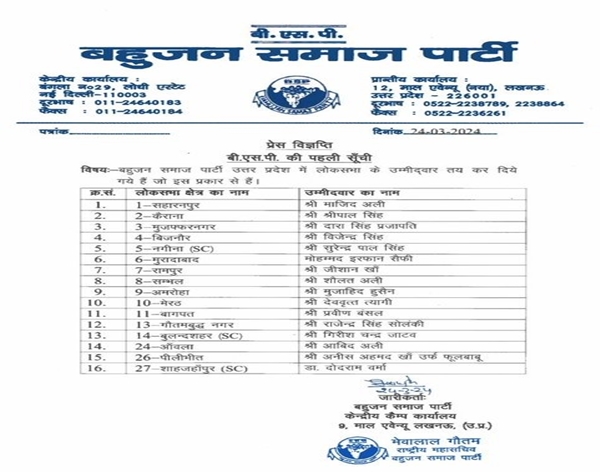Nearly 31 per cent of adults worldwide and 45 per cent in South Asia are not doing enough physical activity, posing a growing threat to health across the world, a major study said on Wednesday. The findings point to a worrying trend of physical inactivity among adults, which has increased by about 5 percentage points between 2010 and 2022, according to a study by the World Health Organization and other researchers.
If the trend continues, levels of inactivity are projected to further rise to 35per cent worldwide by 2030, and the world is currently off track from meeting the global target to reduce physical inactivity by 2030, said WHO in a press release on Wednesday.
The highest rates of physical inactivity were observed in the high-income Asia Pacific region (48%) and South Asia (45%), with levels of inactivity in other regions ranging from 28 per cent in high-income Western countries to 14% in Oceania, said the press release.
According to study, Physical inactivity is still more common among women globally compared with men, with inactivity rates of 34 per cent compared to 29 per cent.
The study was undertaken by researchers from WHO together with academic colleagues and published in The Lancet Global Health journal.
The World Health Organization (WHO) recommends that adults have 150 minutes of moderate-intensity, or 75 minutes of vigorous-intensity physical activity, or equivalent, per week. Physical inactivity puts adults at greater risk of cardiovascular diseases such as heart attacks and strokes, type 2 diabetes, dementia and cancers such as breast and colon, said the WHO.
“Physical inactivity is a silent threat to global health, contributing significantly to the burden of chronic diseases,” said Dr Rüdiger Krech, Director of Health Promotion at WHO. “We need to find innovative ways to motivate people to be more active, considering factors like age, environment, and cultural background. By making physical activity accessible, affordable, and enjoyable for all, we can significantly reduce the risk of noncommunicable diseases and create a population that is healthier and more productive”, said Krech.
In light of these findings, WHO is calling on countries to strengthen their policy implementation to promote and enable physical activity through grassroots and community sport and active recreation and transport (walking, cycling and use of public transport), among other measures.
“Promoting physical activity goes beyond promoting individual lifestyle choice – it will require a whole-of-society approach and creating environments that make it easier and safer for everyone to be more active in ways they enjoy to reap the many health benefits of regular physical activity,” said Dr Fiona Bull, Head of the WHO Unit for Physical Activity.
Collective efforts based on partnerships between government and nongovernmental stakeholders and increased investments in innovative approaches will be needed to reach the least active people and to reduce inequalities in access to measures promoting and improving physical activity, said the press release.















